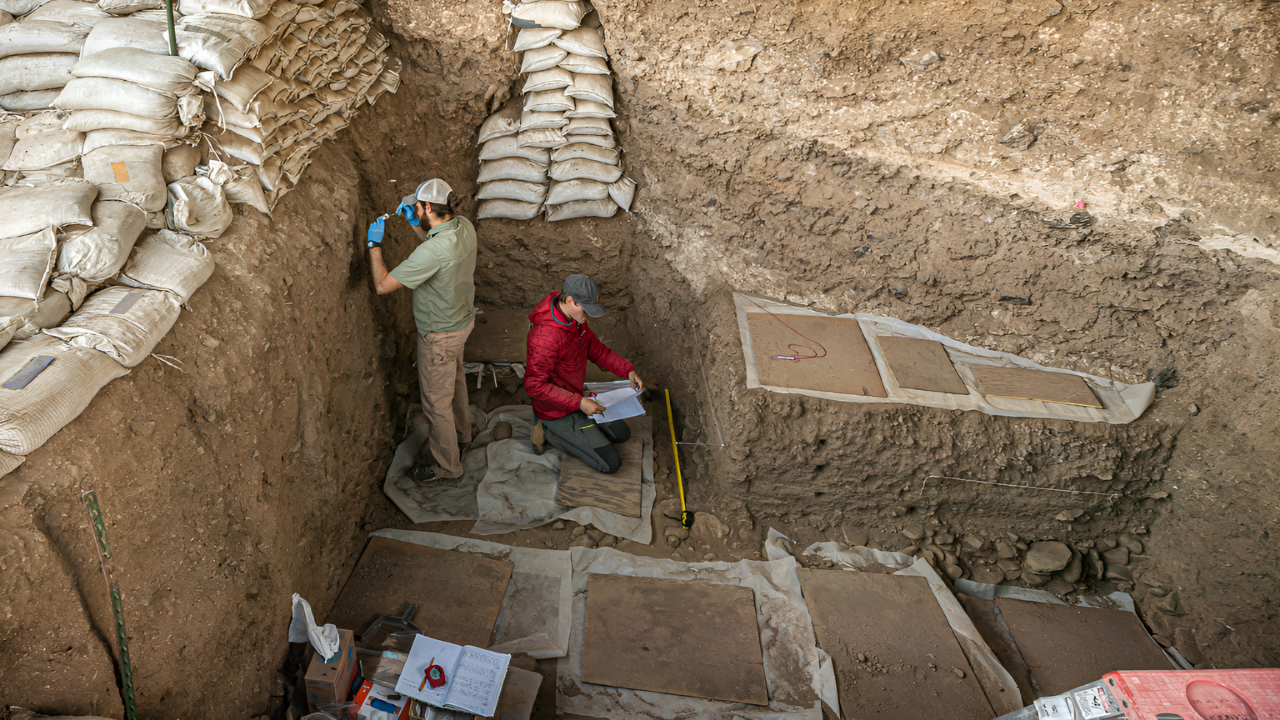
The U.S. Geological Survey has transformed how the nation understands its mineral wealth. The agency’s 2025 assessment reveals $2.55 trillion in identified and undiscovered gold deposits beneath American soil—a treasure map that stretches from Alaska’s frozen wilderness to Nevada’s desert basins. By consolidating over a century of fragmented geological data into a single national database, the USGS has reframed a resource Americans rarely see but fundamentally depend upon.
The Scale of American Gold

The numbers speak for themselves. The United States holds approximately 33,000 metric tons of gold in total resources, worth roughly $2.55 trillion at current market prices. In 2024 alone, American mines produced 160 metric tons valued at $12 billion—a 9 percent increase from the previous year. Despite this significant wealth, the U.S. ranks fifth globally in gold production, trailing China, Russia, Australia, and Canada. Together, these five nations account for 41 percent of worldwide output.
The American gold sector employs approximately 12,000 workers in mining and milling operations, jobs that typically offer higher wages and longer tenure than most extractive industries. The top 26 mining operations yield roughly 97 percent of domestic production, with more than 40 lode mines operating across 12 states. Approximately 15 refineries convert raw ore into commercial-grade bullion, supplying fabrication hubs concentrated in New York, California, and Texas that produce everything from circuit boards to coins.
Western Dominance

Nevada remains the undisputed epicenter of American gold mining, accounting for approximately 70 percent of national production. The state’s geological legacy centers on the Carlin Trend, a belt of sediment-hosted deposits famous for containing microscopic gold particles embedded in arsenic-rich minerals. These “invisible gold” deposits require sophisticated processing to extract but have made the Carlin district one of the world’s most productive mining regions. Alaska contributes the second-largest share at roughly 16 percent, pulling gold from both hardrock mines and remote placer fields despite challenging terrain and logistical costs.
Market Momentum and Recycling

Gold prices reached 40 record highs in 2024, reinvigorating exploration across the continent. Rising investor demand and persistent inflation fears have pushed the metal to unprecedented valuations, with the Engelhard average price increasing 23 percent annually. This surge has made previously marginal deposits economically viable, breathing new life into historic mining districts that had been dormant for decades.
Recycling provides an essential secondary supply. In 2024, the U.S. recovered approximately 90 tons of new and old scrap gold—equivalent to roughly 45 percent of reported consumption. Though this figure declined slightly from 2023, recycling remains vital for stabilizing domestic markets and reducing environmental pressure from new extraction.
Technology and Future Exploration

Behind the scenes, artificial intelligence and satellite technology are revolutionizing mineral mapping. The new USGS platform integrates satellite imagery, remote sensing, and machine learning algorithms to create standardized data layers showing where geology, infrastructure, and economics converge. This continuous refinement allows geologists, investors, and policymakers to identify exploration targets with unprecedented precision.
An estimated one-quarter of America’s undiscovered gold may be hidden within porphyry copper deposits—massive geological formations containing copper, gold, and molybdenum that are especially common in Western states and Alaska. These overlooked systems represent a frontier for exploration companies equipped with modern prospecting tools.
Policy and Global Context
Modern U.S. gold mining operates under strict environmental and reclamation standards set by federal law, including the Surface Mining Control and Reclamation Act. The new USGS mapping initiative helps regulators identify ecologically sensitive zones, enabling more informed decisions about future mining expansion. Globally, the domestic gold industry serves the broader U.S. supply chain, powering smartphones, medical devices, and investment portfolios worth billions annually.
As exploration technologies continue to evolve, Nevada’s Carlin district, Alaska’s remote valleys, and parts of the Rocky Mountains promise to lead the next generation of American gold discovery. The 2025 USGS map does more than measure mineral wealth—it establishes a foundation for decades of informed policy, investment, and technological innovation. Beneath America’s deserts, forests, and mountain ranges lies a $2.55 trillion opportunity, and the nation is finally seeing the full picture.